A Pandemic Post Mortem
Positive points to ponder “post-mortem-ing” the COVID-19 pandemic.
I am NOT claiming an end to the pandemic, but we are starting to achieve a semblance of normality. Let’s see how far we have come.
Finding the silver lining of the pandemic
I am not minimizing at all the gravity of the pandemic. Many people died from COVID-19. We also lost many loved ones from other ailments, mental and physical, because of the lack of accessible medical care. No question, it has been a tragedy.
Lessons learned: When we learn from something so impactful and tragic, it comes with unparalleled growth and strength. Research suggests that negative experiences in life serve to boost meaning and appreciation. Difficult times stimulate deep introspection and bring an understanding of how those experiences fit into a broader narrative of the self, relationships and the world — a respected pillar of the meaning in life. We become stronger physically, emotionally, mentally and spiritually from braving life. There is no better teacher in life than the school of hard knocks.
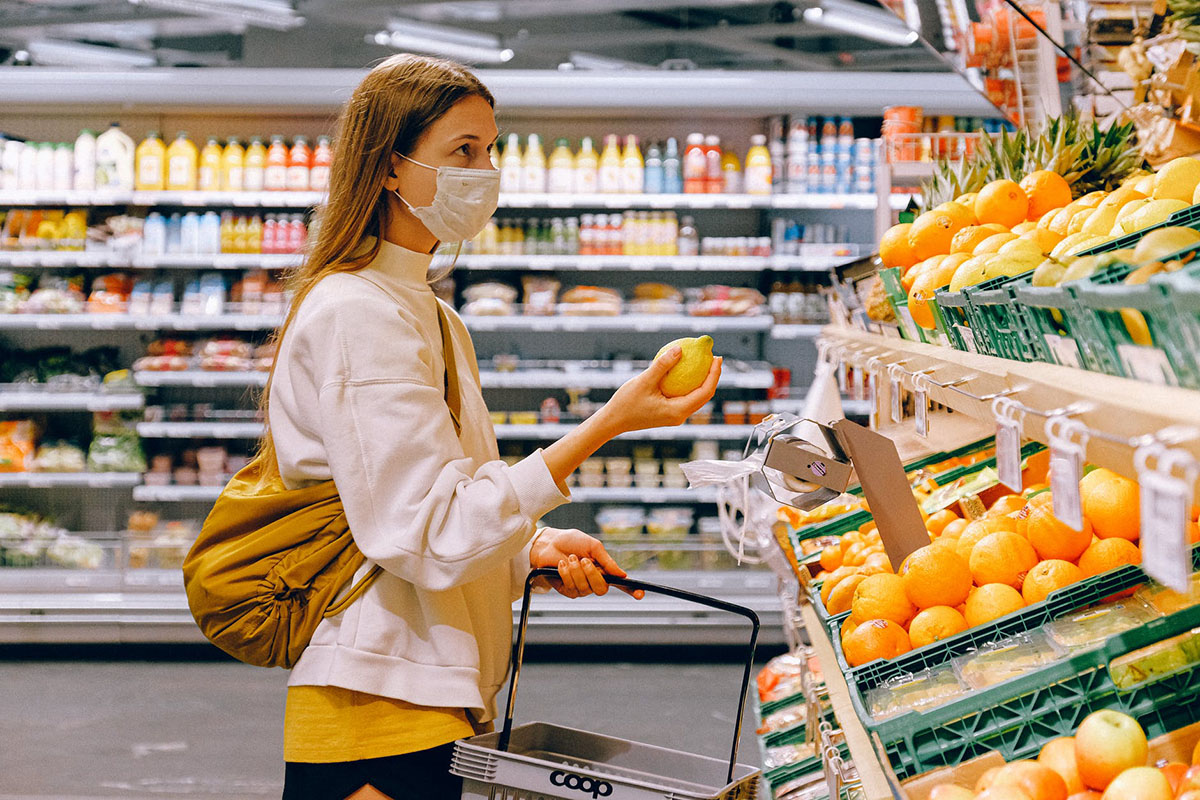
So what have we learned from the pandemic?
Sure, health is everything. The greatest wealth is health…
We all have spoken these words. My hope: this pandemic will convince people to put “lowering chronic inflammation” at the very top of their health priorities. COVID-19 proved to be far more aggressive and fatal to some because of a cytokine storm… a massive inflammatory response. Those who have pre-existing conditions like diabetes or heart disease — all inflammatory conditions fell prey much easier. However, younger “stronger” people also suffered the cytokine storms of COVID-19. Everybody needs to be conscious of lowering their levels of inflammation.
I have penned many articles here on MFN about inflammation – and how we need to manage it. I was also honored to be part of the book released this past February The Successful Body – where I contributed a chapter on chronic inflammation. My #1 goal is to make “lowering our levels of inflammation” into our daily health vernacular.
Being our own health advocate. Be independent, take charge!
All of a sudden this unknown force called COVID-19 swooped in and overnight there went our access to doctors and diagnostics. A perpetually social species, the human species was forced into hibernation. This was a very long pandemic. We had to learn to cope; get medical attention while doctor offices were closed and hospitals were strongly encouraging people to stay home.
Thank goodness for telehealth, remote diagnostics, in-home testing. We would have lost many more lives if it were not for telemedicine. Telemedicine usage has increased by over 3000% since the end of 2019.
Telehealth and remote health have existed for a number of years, but there was a strong resistance. People (hopefully) will take charge, and now realize the need for being more independent and proactive in getting healthy and getting healthcare.
Creative thinking, paradigm-shifting & self-discipline have had the ultimate workout!
- Getting our exercise and physical activity
- Self-discipline to not sit on our glutes all day
- Not watch TV
- Not to eat nonstop, drink alcohol, smoke (the toughest challenge for many)
- Working from home
- Schooling kids from home
- Shop for our needs
- Got better with tech!
Adaptation is the greatest evolutionary advantage. We most certainly exercised our ability to adapt!

Gratitude and Appreciation
Research has found neurological reasons why people benefit from expressing thanks for our lives, especially in times of challenge and change, providing longer lasting positivity.
Harvard Medical School:
“With gratitude, people acknowledge the goodness in their lives … As a result, gratitude also helps people connect to something larger than themselves as individuals – whether to other people, nature, or a higher power”
We learned to manage the material needs, but now we really appreciate each other — how vital friendship and touch are to every aspect of our entire being.
How strong we are… this was more than life throwing us a curveball, this was a sucker punch. Pat yourself on the back for getting up, having to be more creative about how to earn your living, staying healthy, having some semblance of a social life, being with loved ones. We had to totally rewire our lives. We have charted new territories, within all the challenges and limitations of a pandemic. Kudos!
Shira Litwack has been in chronic care management and prevention for 30 years, specializing in lifestyle habits including holistic nutrition, medical fitness and oxidative stress reduction. She is frequently called upon by the media, has her own podcast bringing current research to the public. She has created and provided oxidative stress assessments, to help clients identify potential health risks. From these, she provides guidance to lower inflammation. Shira is now a product specialist with a major COVID-19 test kit supplier, working with epidemiologists educating people on COVID testing, and setting up and designing protocol for COVID testing clinics

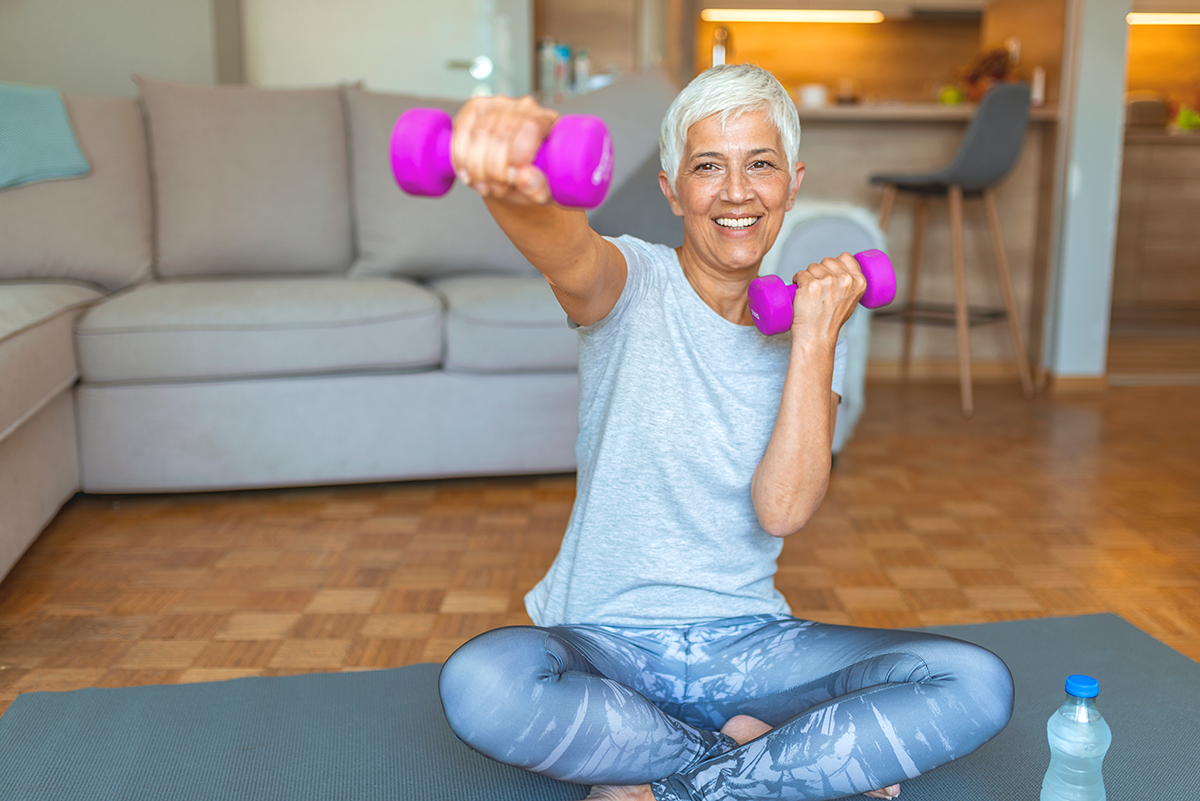
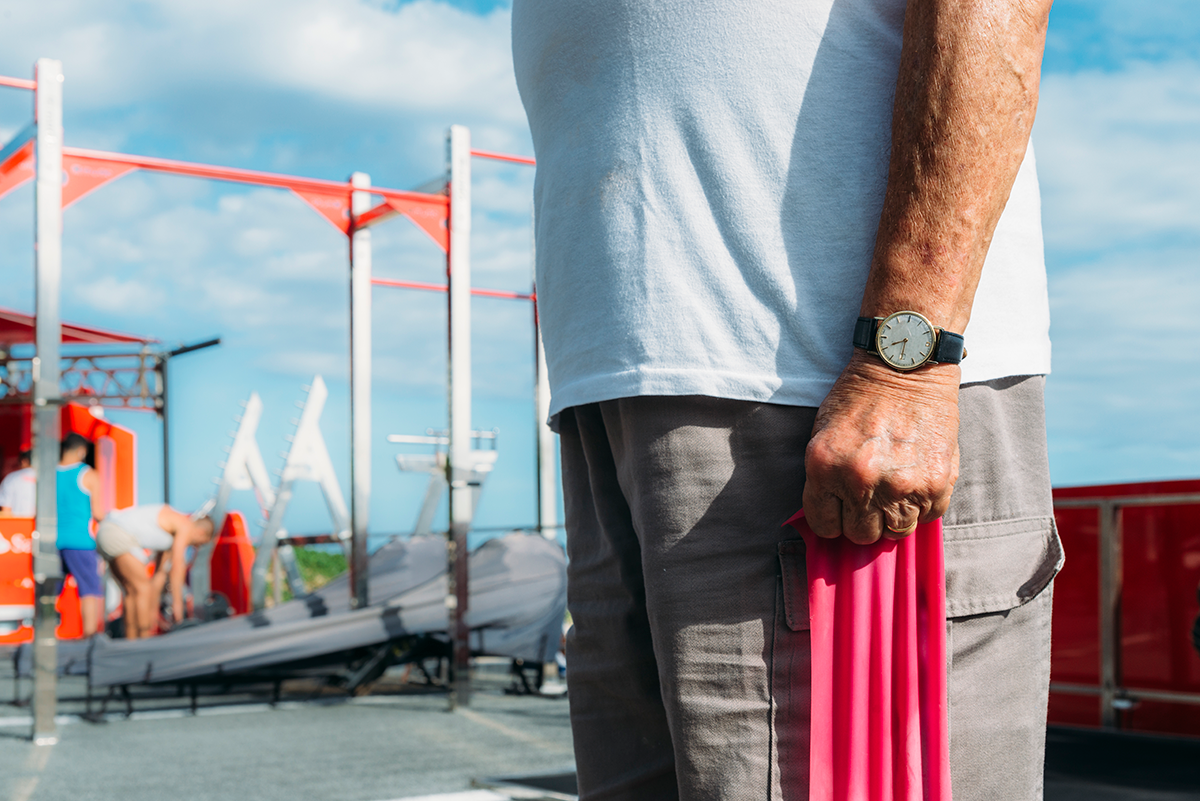
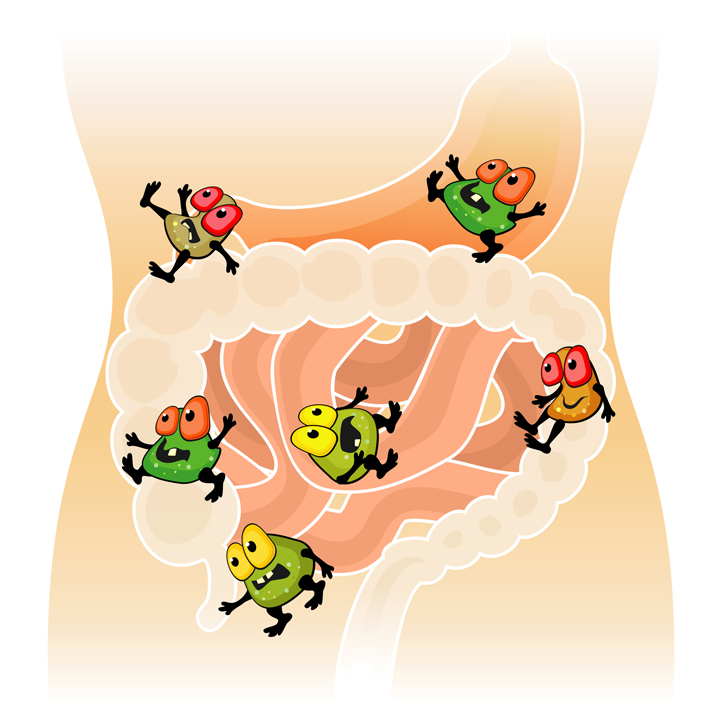
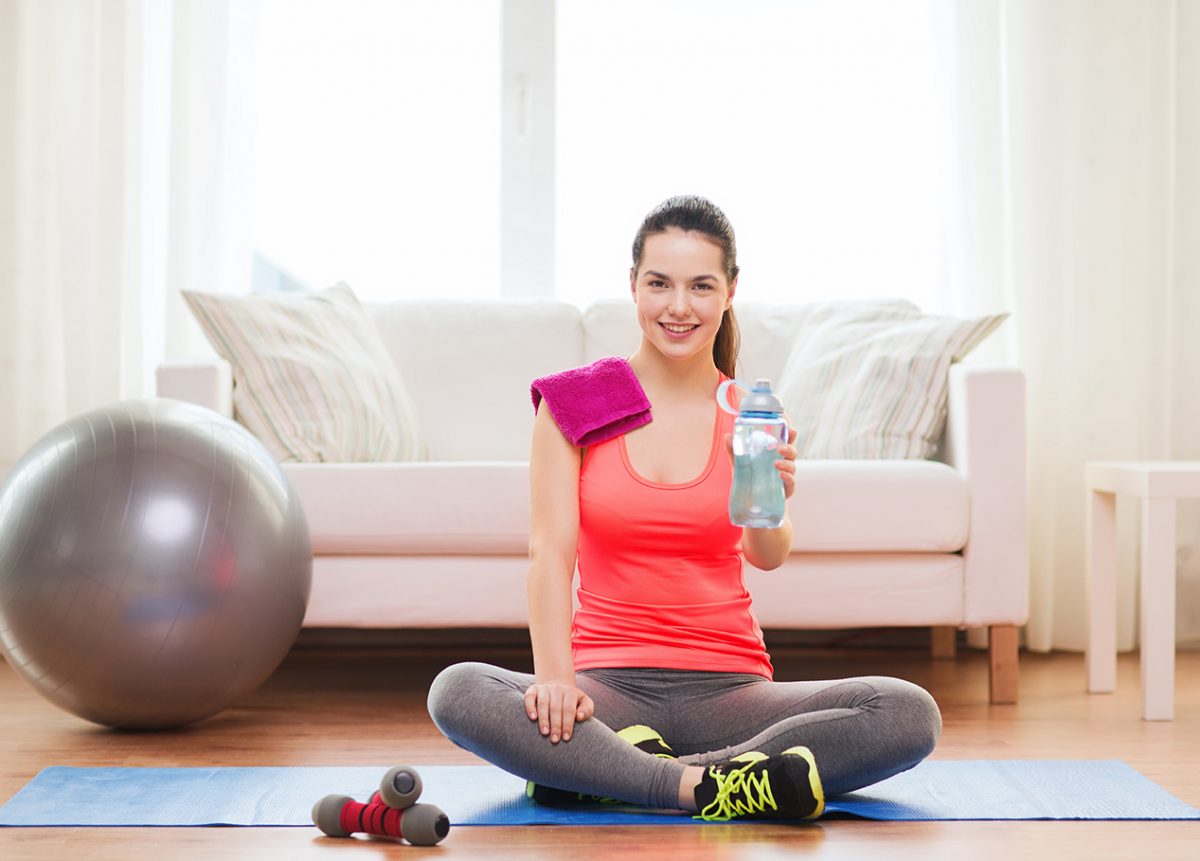
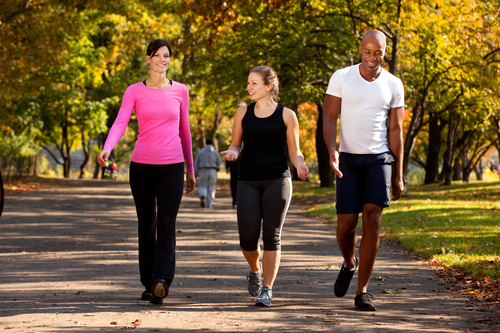 A large study showed that mild to moderate exercise, performed about three times a week, reduced the risk of dying during the Hong Kong flu outbreak in 1998. The Hong Kong study was performed on 24,656 Chinese adults who died during this outbreak. This study showed that people who did no exercise at all,
A large study showed that mild to moderate exercise, performed about three times a week, reduced the risk of dying during the Hong Kong flu outbreak in 1998. The Hong Kong study was performed on 24,656 Chinese adults who died during this outbreak. This study showed that people who did no exercise at all, 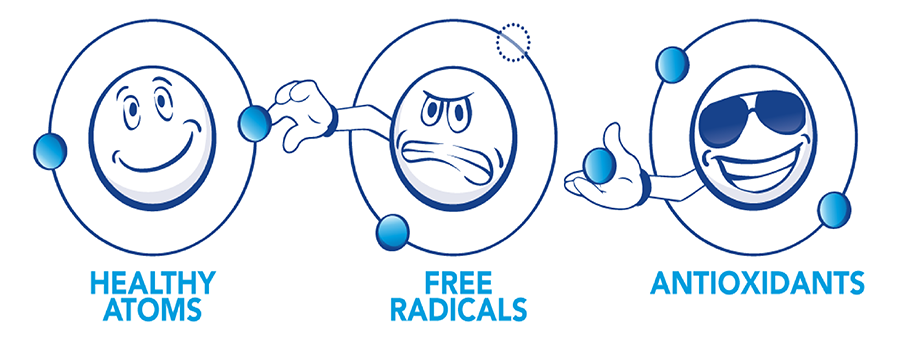
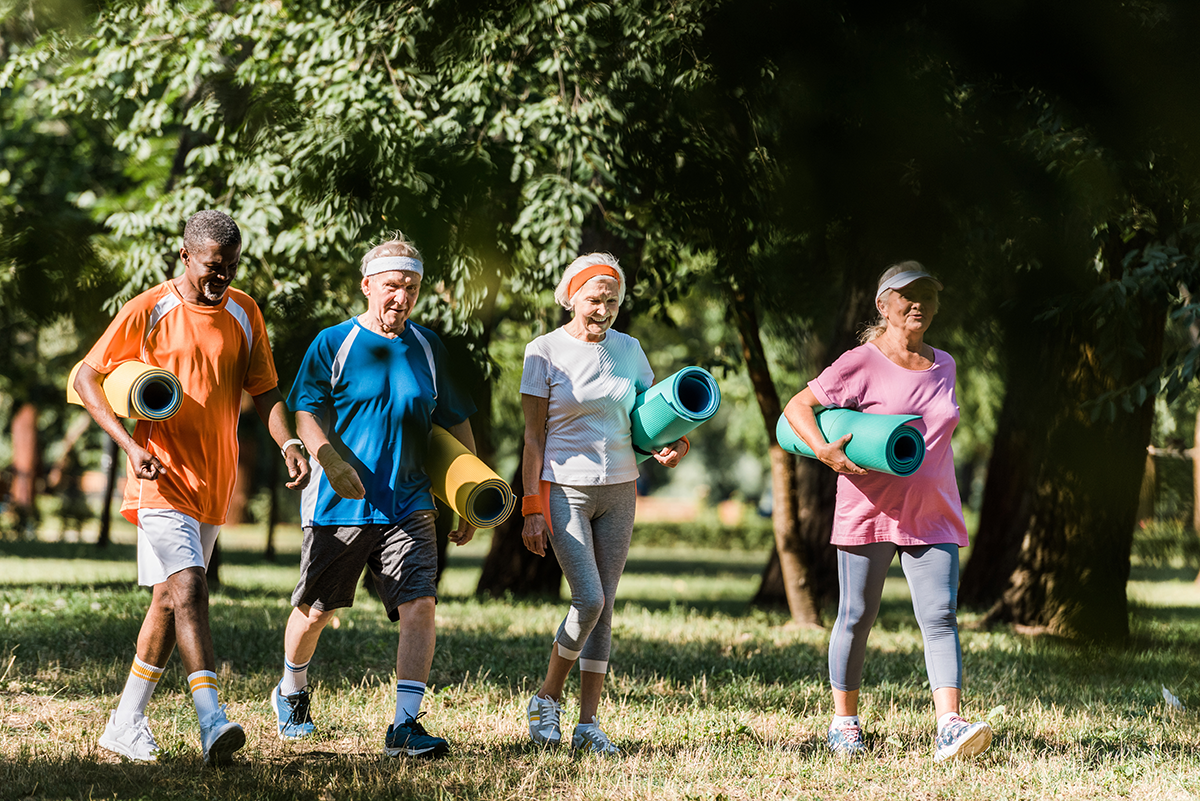 Healthy Lifestyle?
Healthy Lifestyle?
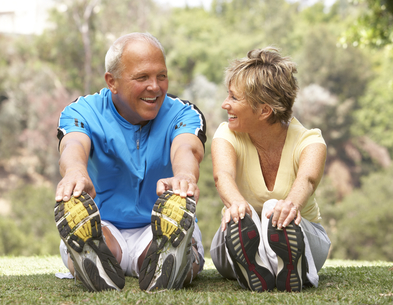
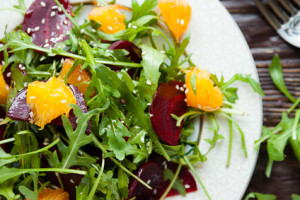 To understand this, let me give you a very brief intro to oxidative stress. We have all read about the importance of eating our fruits and vegetables to provide much needed antioxidants. This is because we live a life where oxidative stress is in abundance. As exercise is the one and only Rx with no bad side effects, the truth is, we should always say “the right exercise”.
To understand this, let me give you a very brief intro to oxidative stress. We have all read about the importance of eating our fruits and vegetables to provide much needed antioxidants. This is because we live a life where oxidative stress is in abundance. As exercise is the one and only Rx with no bad side effects, the truth is, we should always say “the right exercise”.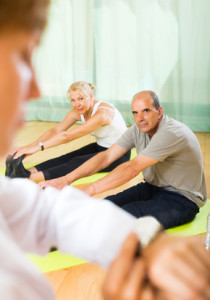 However, with people recovering from
However, with people recovering from 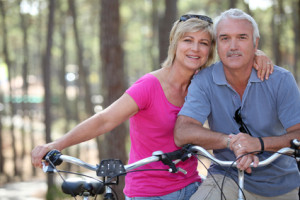 But the most important factor of all is the F factor, FUN. What will we actually, enjoy, embrace, do, and want more. We learn very quickly in the fitness business, “no time” is an excuse. When we know the literally infinite possibilities for physical activity, no time is an excuse, or, a very limited knowledge of what exercise is.
But the most important factor of all is the F factor, FUN. What will we actually, enjoy, embrace, do, and want more. We learn very quickly in the fitness business, “no time” is an excuse. When we know the literally infinite possibilities for physical activity, no time is an excuse, or, a very limited knowledge of what exercise is.